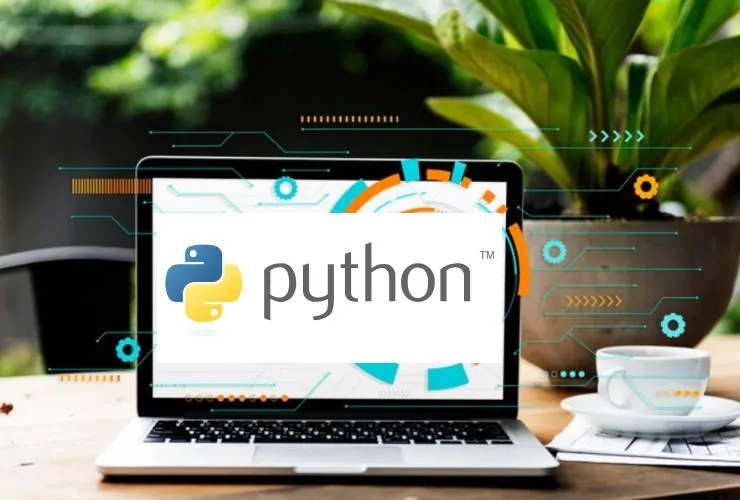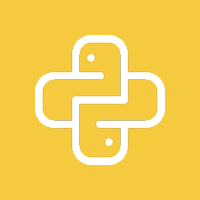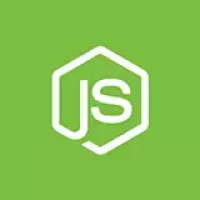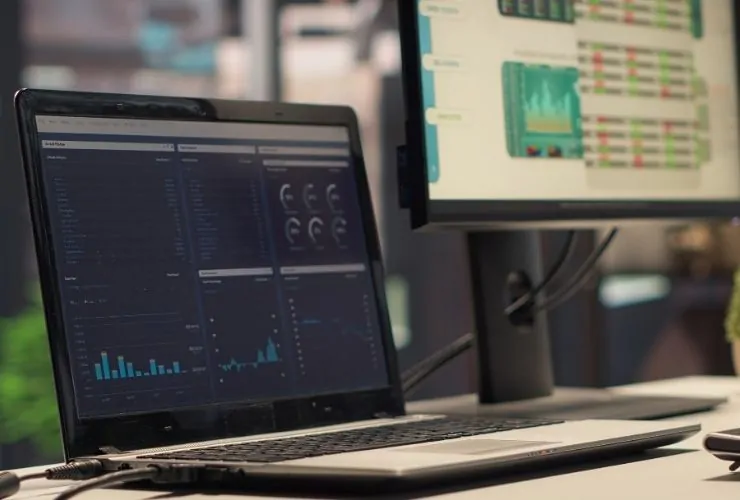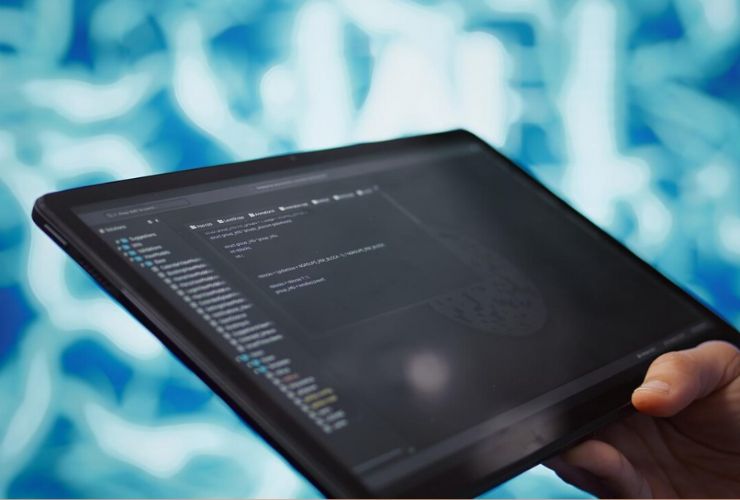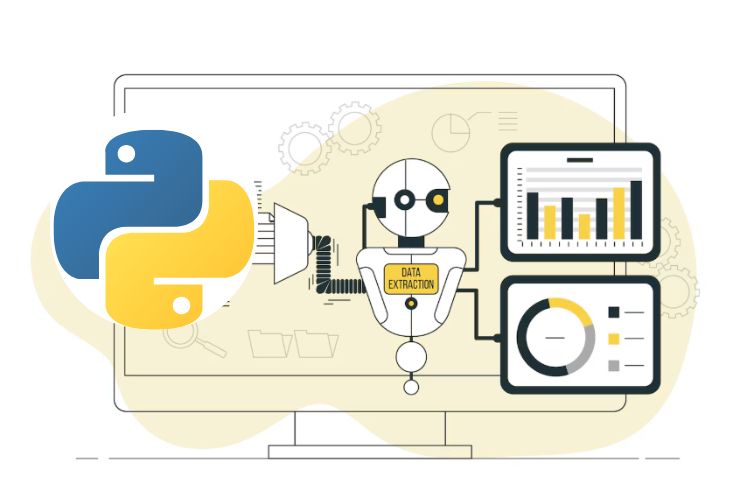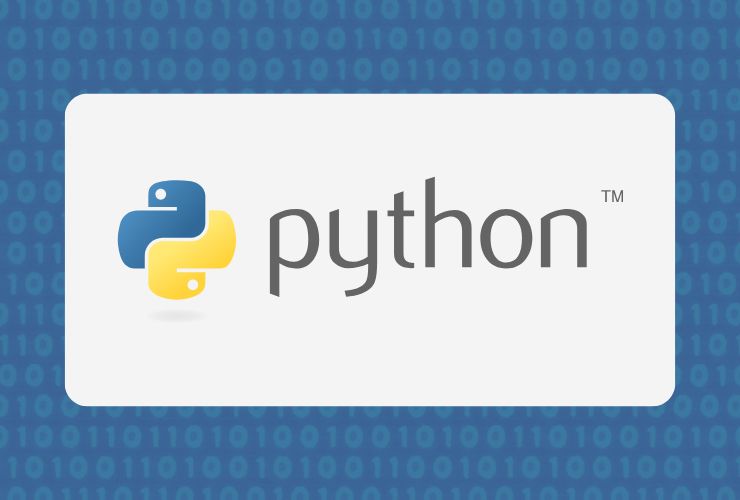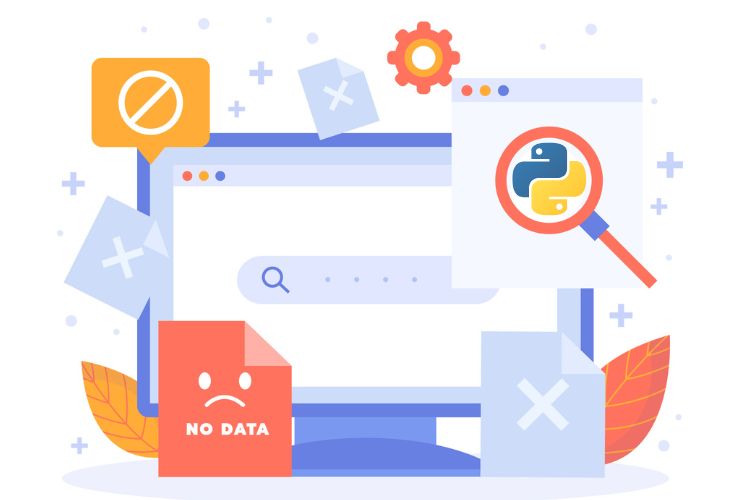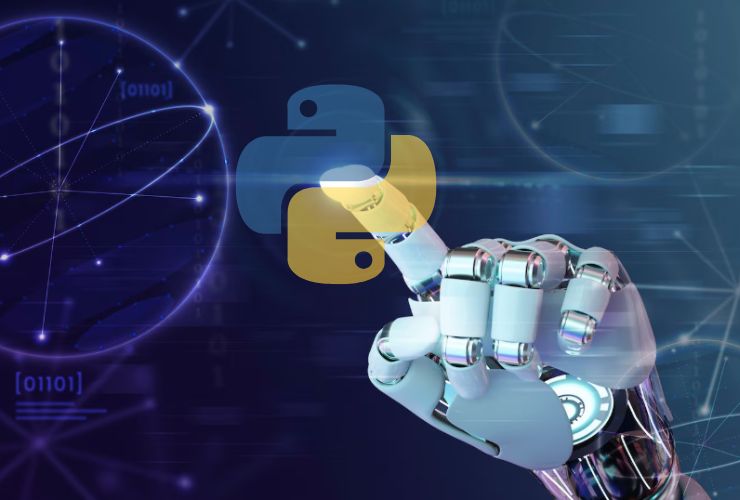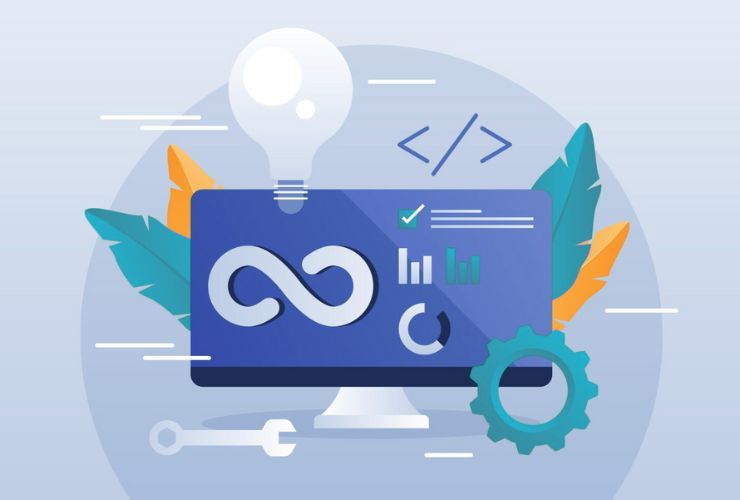Legacy systems often slow growth due to performance issues, high operating expenses, and poor support for contemporary technologies. Organizations have the opportunity to revamp their infrastructure by migrating their legacy systems to Python, and take advantage of Python’s rapid performance and extensive ecosystem.
However, migration is not as simple as just “lift and shift.” If not fully considered, companies risk data loss, downtime, or failed integrations. This blog provides insight into the do’s and don’ts of converting a legacy system to Python, given the company’s needs, to help organizations transition Systems securely, smoothly, and efficiently.
Why Migrate Legacy Systems to Python?
Python has become one of the most adopted languages for modern development because of its simplicity, flexibility, and scalability. Some key benefits of migrating to python are:
- High Productivity: A clean syntax which leads to rapid development.
- Rich Ecosystem: Thousands of libraries for things like data, AI, and web, and automation.
- Scalability: Ideal for microservices and cloud native architectures.
- Integration: Easy to integrate systems with databases, APIs, and newest frameworks.
- Community Support: Strong developer community and assurance of long term reliability.
Tips for Migrating Legacy Systems to Python
1. Assess from the Beginning
- Make a complete inventory of existing applications, code dependencies, and databases.
- Before migrating, take stock of the modules that are critical to the organization and where the potential bottlenecks will be.
2. Migration is Not All or Nothing
- Plan an incremental migration instead of a complete rewrite.
- Start by migrating the least critical components first to mitigate potential risk.
3. Use Current Architecture With Modern Patterns
- Modern patterns such as microservices and API-first designs are going to give you a lot of flexibility.
- Try to take advantage of these new architectures, particularly to align your migration efforts with the organization’s ultimate goals for scalability and modernization.
4. Implement Security and Compliance
- Plan in security as part of the architecture, handling authentication, encryption, and how sensitive data will be handled.
- Be aware of compliance for the domain in which you are operating, including the requirements of standards such as GDPR, HIPAA, or PCI DSS.
5. Test and Monitor
- Ensure you have unit, integration, and load testing carried out during migration.
- Use monitoring tools to trace performance and diagnose any bottlenecks you need to fix.
Things to Avoid During Migration to Python
- Don’t Rush or Skip: You are going to want to avoid a complete rewrite without successively migrating over time.
- Don’t Ignore the Migration of Data: Expect the data migration process to be seamless and be aware of data integrity issues.
- Don’t Skip Over Validating Dependencies: Be cautious of third-party libraries and integrations the previous application may depend on.
- Don’t Forget Optimization: Don’t forget about tuning your event loops, caching, and I/O for optimal performance.
- Don’t Forget to Document: As you migrate document all steps you have taken and the architecture planned for the migration.
Common Issues during a Migration to Python Legacy
- Compatibility concerns with outdated technologies.
- Handling the migration of large data stores.
- Consistently managing the business logic between new Python modules.
- Training individuals for Python (and asynchronous programming).
Core Principles to Successful Migrations
- Engaging low-risk modules for your cutover migration first to establish the migration plan.
- Running an interim parallel system during the transition.
- Automating your migration to reduce risk of human error.
- Training your development teams on Python best practices.
- Investing in CI/CD pipelines to facilitate automated testing and deployment.
How Empirical Edge can help with our migration to Python Legacy Services
Empirical Edge works with companies to bridge the gap from their legacy systems to Python with minimum risk and maximum efficiency.
We offer:
- Migration Assessment: Assessment of systems, dependencies, and risks.
- Custom Python Development: Rebuilding & refactoring applications to meet modern requirements.
- Performance: Caching, database tuning, I/O optimizations, etc.
- API & Microservices: REST, GraphQL, cloud-native, etc.
- Monitoring & Maintenance: Reliability after the transition.
You can learn more about the services we offer here: Python Development Services
Final Thoughts
Transforming legacy systems into Python provides an excellent chance to modernize, improve application performance, and leverage potential future performance. By understanding the do’s and don’ts, organizations can often mitigate risk, smoothly transition from legacy to modern frameworks, and create high-performance solutions designed for modern day-to-day business use.
At Empirical Edge, we use our Python migration experience to help organizations harness the power of future using modern, secure, scalable, and efficient solutions.
Are you ready to modernize your legacy system leveraging Python? Get in touch with Empirical Edge today!

